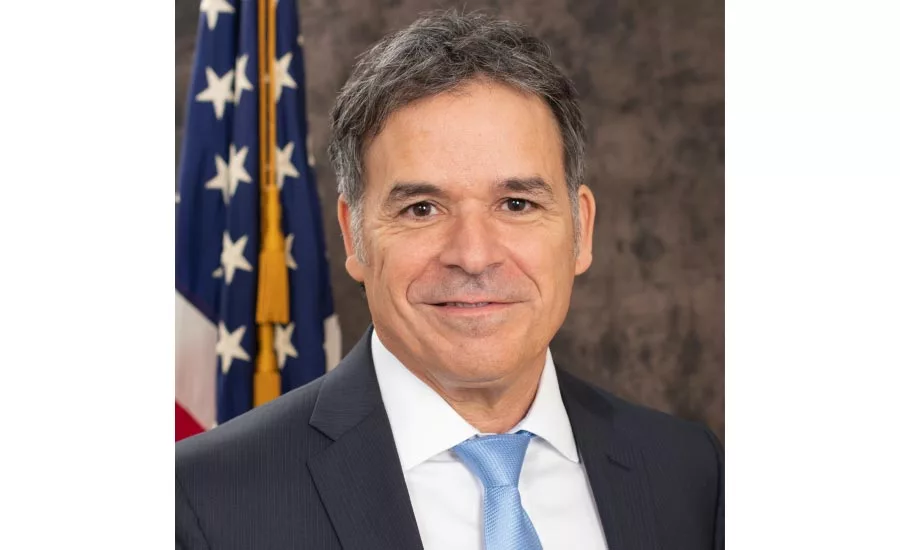FSMA Turns 10
FDA's Frank Yiannas reflects on the past decade

Frank Yiannas, deputy commissioner for Food Policy and Response at FDA, talks about the last 10 years for FSMA as well as what lies ahead in his address posted on the FDA’s website.
He notes that on Jan. 4, 2011, the FDA Food Safety Modernization Act (FSMA) was signed into law with a clear mandate that it is not enough to respond to outbreaks of foodborne illness; rather we must prevent them from happening in the first place.
“A decade later, what can we say has been accomplished?” he asks and then answers. “Because of FSMA, those who grow, produce, pack, hold, import and transport our food are now taking concrete steps every day to reduce the risk of contamination. The result is safer food in this country, whether that food is produced domestically or imported. Importantly, and because of FSMA, there has been a bigger conversation about the importance of food safety over the past decade. This call to action has emanated from the halls of Congress to farms, food production facilities, corporate boardrooms and consumers all over the world.”
Yiannas recognizes that there is still work to be done and that there have been challenges they didn’t anticipate. “Food production is constantly evolving, as are the pathogens that can cause contamination. We’ve worked with stakeholders to ensure that the requirements don’t just look good on paper but work well in practice,” he says. “We have tried our best to be up front about what we are doing and why. In fact, transparency is a hallmark of this journey we call FSMA.”
In his address, he talks about where FSMA started, its progress, its strengthened partnerships and a new era of modernization going forward. He says that new era initiatives will enhance the use of root cause analysis in cases where preventive control measures fail. “Root cause analyses can advance our understanding of how a food is contaminated and help industry bolster preventive controls. The leaders who envisioned FSMA had just this kind of continuous improvement in mind when they created a flexible regulatory framework that can adjust with advancements in science and technology.”
For his full address, click here.
Looking for a reprint of this article?
From high-res PDFs to custom plaques, order your copy today!






